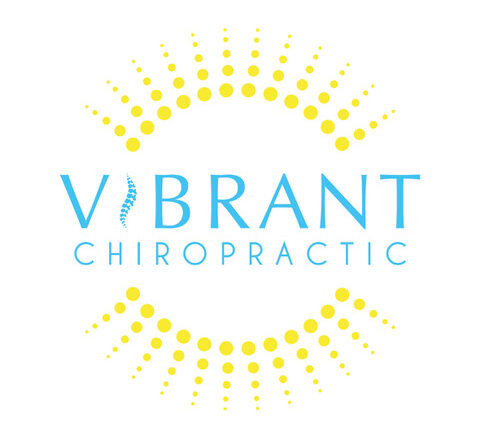In my London based chiropractic practice I see increasingly alarming numbers of children and teens coming to me with issues caused by “text neck”. These kids are suffering from neck pain, migraines, headaches and spinal misalignment.
In today’s digital age, it’s no secret that technology has become an integral part of our daily lives. From smartphones to tablets, children and teens are increasingly glued to screens for both educational and recreational purposes. While this technological revolution has brought about numerous benefits, it has also given rise to a concerning phenomenon known as “text neck,” particularly among younger demographics.

As a specialist paediatric chiropractor, I’ve witnessed firsthand the detrimental effects of text neck on the spinal health of children and teenagers. Text neck, medically termed as “forward head posture,” occurs when the head is consistently positioned forward and downward, typically while using electronic devices such as smartphones, tablets or laptops. This prolonged posture places excessive strain on the muscles, ligaments, and vertebrae of the neck, leading to a host of musculoskeletal issues.
One of the most alarming aspects of text neck is its prevalence among children and teens. With the widespread adoption of smartphones and the increasing reliance on digital devices for schoolwork, “digital babysitting” and social interaction, young individuals are spending more time hunched over screens than ever before. According to recent studies, children and adolescents are spending an average of 7-9 hours per day on electronic devices, significantly increasing their risk of developing text neck.
The effects of text neck extend far beyond mere discomfort or stiffness in the neck and shoulders. Over time, the constant strain on the cervical spine can lead to a range of serious health consequences, including:
- Spinal Misalignment: The repetitive stress placed on the cervical spine can gradually lead to misalignments or subluxations of the vertebrae. These misalignments not only cause localized pain but can also interfere with the proper function of the nervous system, potentially leading to a variety of health problems.
- Muscle Imbalances: Prolonged forward head posture can cause certain muscles in the neck and upper back to become tight and overactive, while others become weak and underutilized. This imbalance can further exacerbate postural issues and contribute to chronic pain.
- Reduced Lung Capacity: Text neck can compress the chest cavity and restrict the expansion of the lungs, resulting in shallow breathing and decreased oxygen intake. Over time, this can impair respiratory function and lead to fatigue and decreased endurance.
- Headaches and Migraines: The constant strain on the neck muscles and nerves can trigger tension headaches or even migraines, significantly impacting a child’s quality of life and ability to concentrate in school.
- Degenerative Changes: In severe cases, long-term text neck can accelerate the degenerative process of the cervical spine, leading to conditions such as arthritis, disc degeneration, and spinal stenosis later in life.
Given the growing prevalence and potential consequences of text neck, it’s crucial for parents, educators, and healthcare professionals to take proactive measures to mitigate its impact on children and teens. Here are some practical tips to help prevent and address text neck:
- Regular Chiropractic Care: Consider regular visits to a chiropractor for spinal adjustments and postural assessments to address any underlying issues and prevent the progression of text neck.
- Limit Screen Time: Establish reasonable limits on screen time and encourage alternative activities that promote physical activity and outdoor play.
- Ergonomic Adjustments: Invest in ergonomic accessories such as adjustable desks, chairs, and laptop stands to promote better posture during screen time.
- Strengthening Exercises: Incorporate exercises and stretches that target the muscles of the neck, shoulders, and upper back to improve strength and flexibility.
- Encourage Proper Posture: Educate children and teens about the importance of maintaining good posture while using electronic devices. Encourage them to hold devices at eye level and take frequent breaks to stretch and reposition.
By taking proactive steps to address text neck, we can help safeguard the spinal health and overall well-being of our children and teens in an increasingly digital world. As chiropractors, it’s our mission to empower individuals of all ages to achieve optimal health and vitality, starting with the foundation of a healthy spine.
